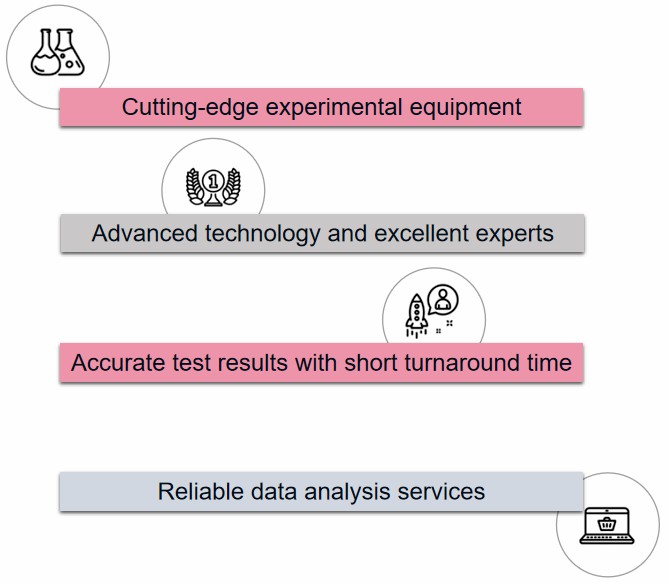Detection of Plant Cell Biomass and Browning Degree
Plant cell biomass and browning detection are important parameters for agriculture research. Understanding and accurately measuring these aspects are vital for optimizing crop yield and food quality. Lifeasible delves into the significance of detecting plant cell biomass and browning degree, the various methods employed for such detection, and the implications for diverse applications.

Detection methods of plant cell biomass and browning degree
- Spectrophotometric analysis. Spectrophotometry is a commonly employed technique for calculating the biomass of plant cells. This method uses pigment absorption of light to estimate biomass levels and provides a direct correlation. It can also measure the degree of browning by looking for color changes brought on by enzymatic processes.
- Fluorescence Microscopy. Plant cell biomass and browning can be evaluated non-invasively using fluorescence imaging methods. The selective targeting of fluorescent dyes makes the accurate quantification of cellular components possible. This technique is especially useful for real-time monitoring since it offers dynamic insights into cellular alterations.
- Nuclear Magnetic Resonance (NMR). Using NMR spectroscopy, the magnetic characteristics of plant cell nuclei are analyzed to determine the composition of biomass. This non-destructive method can be modified to track browning processes in plant tissues and yields information on cellular structure.
- Microscopic Methods. Plant cell morphology can be thoroughly examined using microscopic techniques like light and electron microscopy. It is possible to visualize changes in cell structure linked to browning and variations in biomass, which offers important insights into the state and quality of cells.
- Biochemical Assays. Precise quantification is provided by enzymatic tests that target macromolecules linked to cell biomass, like cellulose or lignin. Like this, by evaluating the enzyme processes involved in the process, enzymatic assays can be customized to evaluate the extent of browning.
Significance of detection
- Food quality assurance. In the food business, keeping an eye on the browning level is essential to guaranteeing the quality of fruits and vegetables. Preventing or limiting browning through timely detection preserves the nutritional value and aesthetic attractiveness of food products.
- Industrial processes. Knowing and managing plant cell biomass is crucial for several commercial activities, including synthesizing pharmaceuticals and biofuels. Detection techniques improve productivity and product quality by optimizing processes.
- Disease diagnosis. Browning and changes in plant cell biomass may be signs of underlying disease or stress. Sensitive early detection techniques enable timely disease control and intervention, averting significant crop losses.
Advantages of our services

Lifeasible is dedicated to plant cell biology, and we provide reliable assays for plant cell biomass and browning. We utilize advanced assays that can help researchers gain a comprehensive understanding of cellular dynamics to make informed decisions about ensuring food quality and maintaining overall plant health. If you are interested in us, please feel free to contact us.
For research or industrial raw materials, not for personal medical use!

